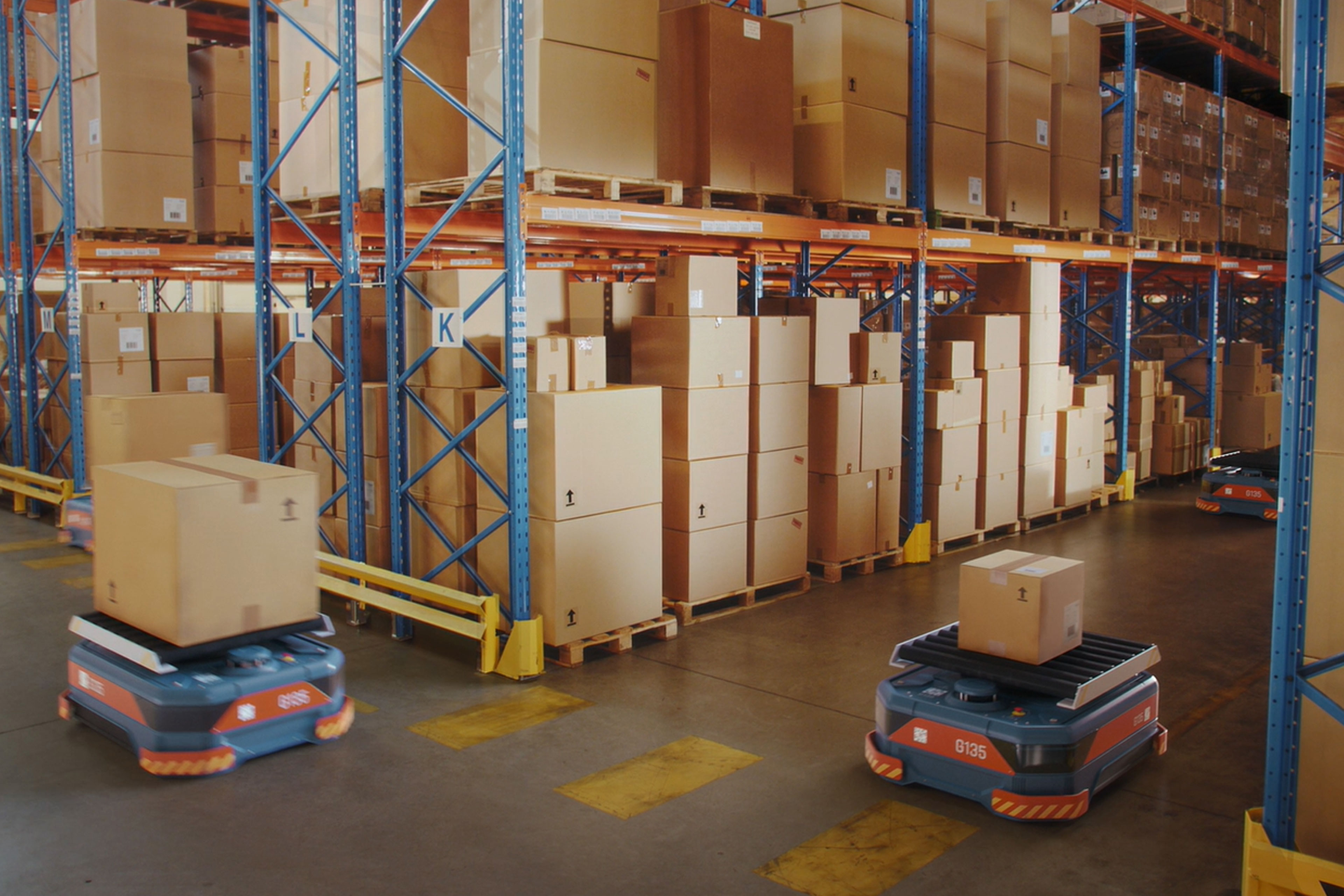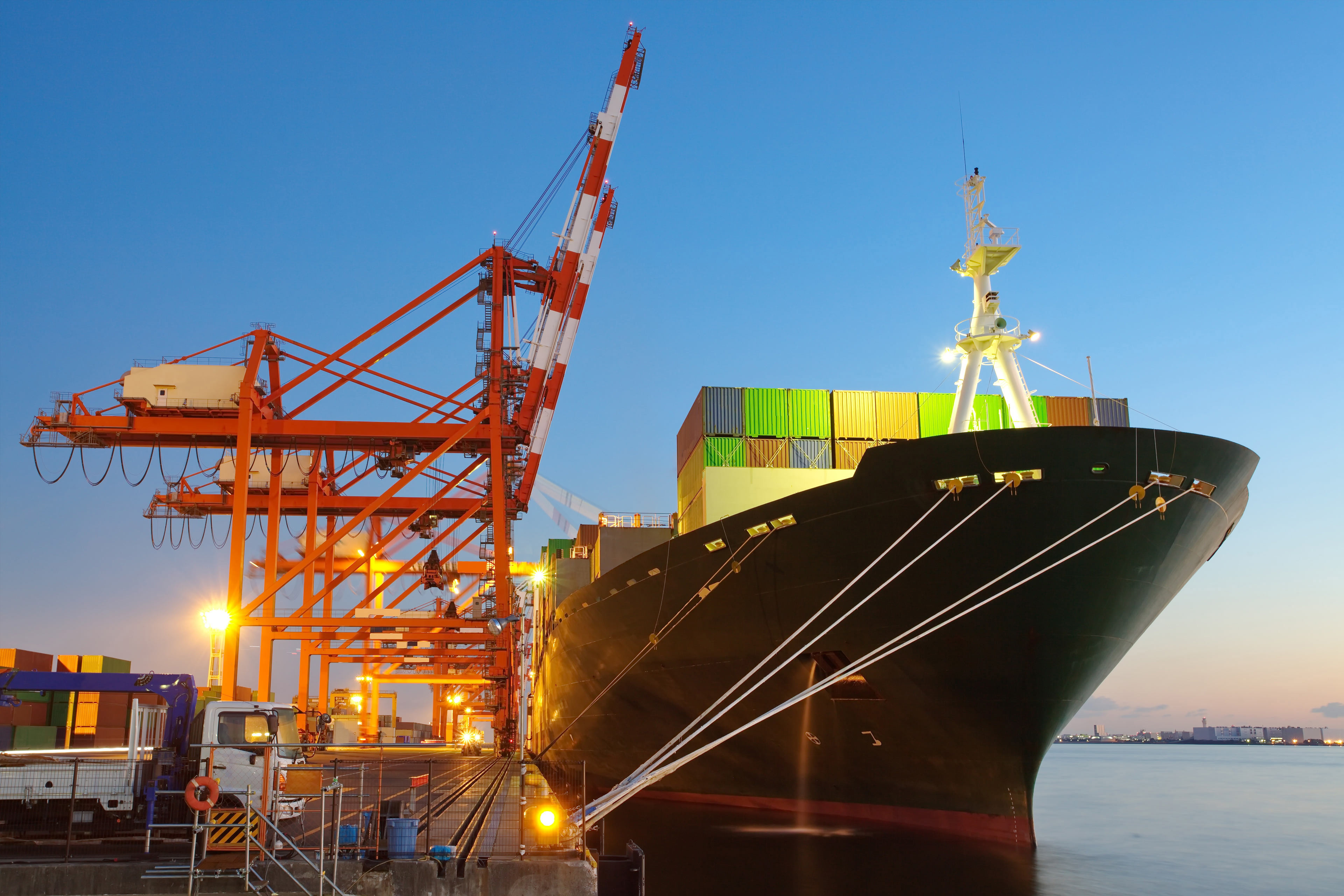EY refers to the global organization, and may refer to one or more, of the member firms of Ernst & Young Global Limited, each of which is a separate legal entity. Ernst & Young Global Limited, a UK company limited by guarantee, does not provide services to clients.
How end-to-end visibility is the key to ending supply chain disruption
Regenia Sanders, EY Business Consulting Leader, comments on the sources of supply chain issues and how to adapt by focusing on end-to-end visibility.
Irani: Welcome to Real Time Business. Right now, there is so much focus on supply chain issues as it relates to the holidays. For insight, I’m joined by EY Business Consulting Leader, Regenia Sanders. Regenia, what are you seeing more broadly?
Regenia Sanders: It’s way more than the holidays. Across all industry sectors, we’re seeing supply chain disruptions. This is not just due to the pandemic, but it’s due to just congestion at the ports. If you look at Long Beach, if you look at what happened at the Suez Canal, there are supply chain disruptions all around. Even cybersecurity threats impact our supply chains. So across automotive, across oil and gas, we’re seeing challenges with, how do we adapt quickly? How do we become more responsive to increasing customer demands? As well as being able to maintain the right types of customer service levels as we deliver products to our clients and customers.
Del: So, speaking of your clients and customers, what can companies do to mitigate these challenges?
Regenia: Well, the name of the game right now is end-to-end visibility. What we’re seeing is a lot of investment in digital and analytics in order to increase the visibility across the end-to-end supply chain. In the past, we really optimized within silos across the supply chain, so working with suppliers, working with inventory, looking at our fulfillment network. Now, we want to be able to look across the end-to-end, so that when something changes, or there is a disruption, or there is increased demand, we know how the ripple effect is going to happen across the whole supply chain. This enables companies to be more responsive, it allows them to be more agile and meet the ultimate goal, which is to achieve the customer commit dates that they’ve committed to.
I’m working with a couple of companies right now in the automotive space – spare parts, being able to identify what location they should be holding the inventory that’s closest to the biggest customer concentration, and this is something that we’re helping them to implement a technology to do. In addition to that, we’re also challenging their operating model. In the past, they might have only had one regional distribution center in a central location in the US, but now they want to be able to diversify that network’s portfolio a bit more and have DC’s on the West Coast, on the East Coast, in addition to the central part of the US, so that they can maximize trade lanes, they can maybe minimize costs because they’re going to be closer to their greatest customer concentrations. It enables them to direct and redirect inventory as needed when there are changes and disruptions that take place.
Del: Yep. It’s really sounds like they’ve got to be responsive and agile. Thanks, Regenia. This is Real Time Business.
Summary
In order to reduce the impacts of supply chain issues by increasing visibility across the end-to-end supply chain, companies are investing in digital and analytics. The goal is to be able to look across the end-to-end and more reliably predict the effects of change, disruption, or increased demand. This enables companies to be more responsive and agile to meet the ultimate goal, which is to fulfill commitments to their customers.
Related articles
Learn more about the top 3 challenges for supply chain leaders and organizations. Read now.
Five ways to use the current crisis to improve supply chain management
Corporate leaders can use the current supply chain crisis to reimagine their future supply chain.





